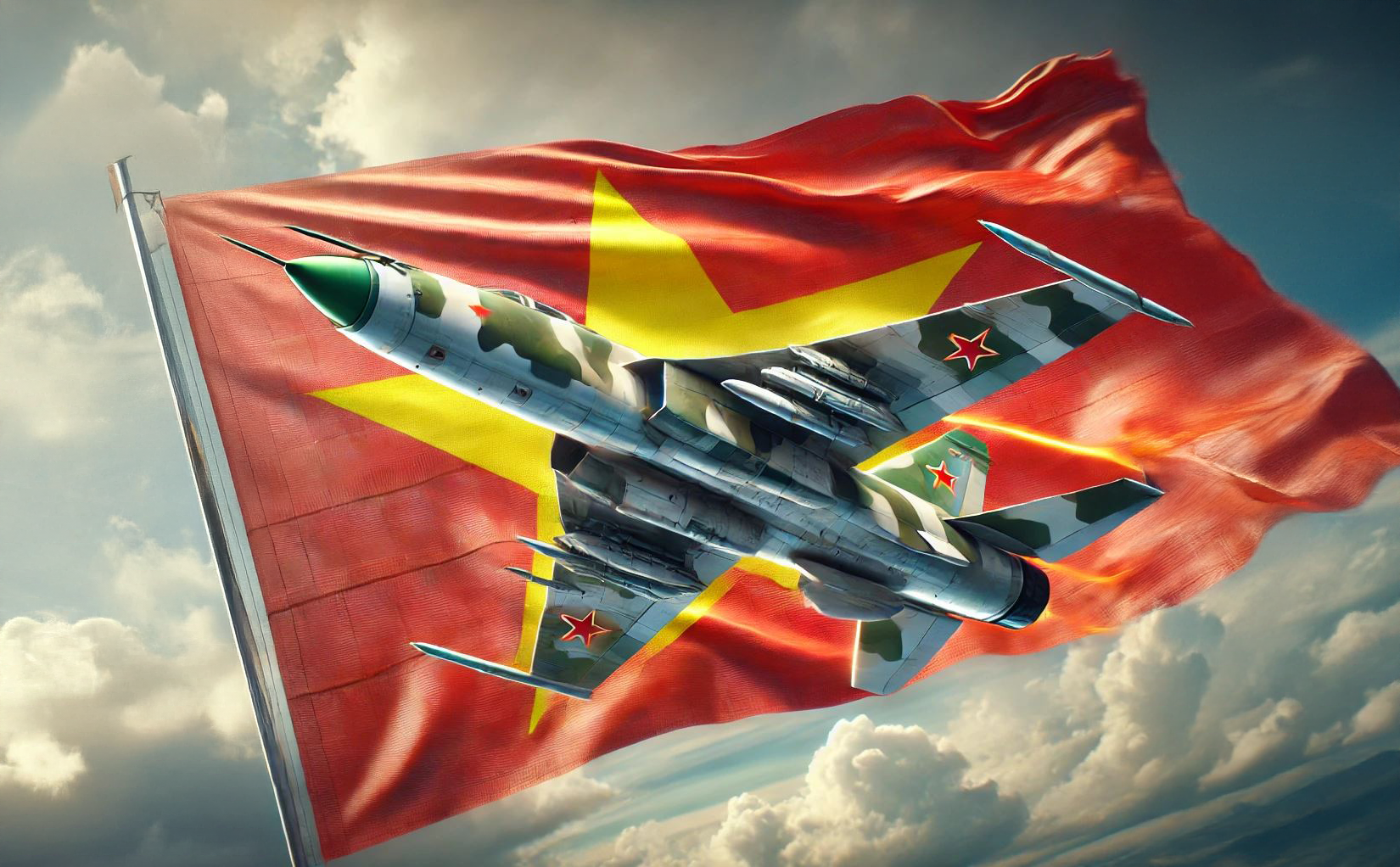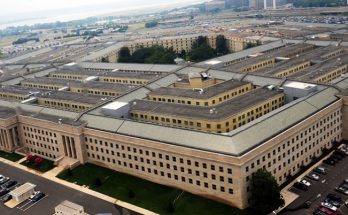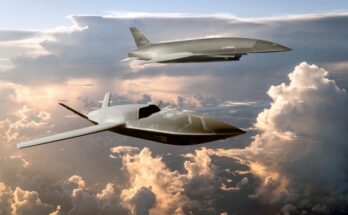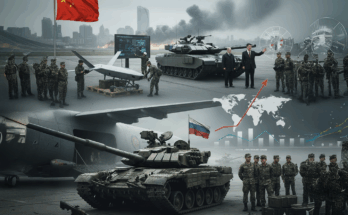
Vietnam’s People’s Air Force (VPAF) faces a critical challenge: replacing its aging fleet of fighter aircraft while simultaneously expanding its defense partnerships. The backbone of Vietnam’s air force, the Soviet-era Su-22 Fitter, is nearing obsolescence, with multiple recent crashes underscoring the urgency of modernization. While Vietnam also operates Su-27 and Su-30 fighters, these cannot fully compensate for the capability gap left by the Su-22s. In recent years, Vietnam has taken steps to diversify its defense acquisitions, procuring Israeli-made Spyder air defense systems, Dutch-built Sigma-class corvettes, and engaging in military collaborations with the United States, China, and Europe. The challenge now is selecting the right fighter aircraft to meet both its operational and geopolitical needs.The complexity of this balancing act is reflected in Hanoi’s cautious approach to arms procurement, where cost, capability, and diplomatic consequences must all be considered.
Sticking With Russia? The Traditional Route
Vietnam has long sourced military equipment from Russia, making a Russian replacement for the Su-22 seem like a logical choice. In 2019, Vietnam procured 12 Yak-130 jet trainers, leading to speculation that it was preparing for more advanced Russian fighter acquisitions. Potential candidates included the Su-35 Flanker-E, the Su-57 Felon, or the Su-75 Checkmate. Moscow even promoted the Su-75 with marketing materials featuring a Vietnamese pilot.
However, doubts about Russia’s reliability have grown. The situation worsened after the 2022 Ukraine invasion, as Moscow prioritized its domestic military needs over international orders. Additionally, Russian aircraft have underperformed in Ukraine, raising concerns about their combat effectiveness. Given these issues, Vietnam is actively exploring alternative suppliers.
A Strategic Shift Toward the United States?
Since Washington lifted its ban on offensive arms sales to Vietnam in 2016, bilateral defense ties have expanded. In 2021, Vietnam ordered 12 Beechcraft T-6 Texan II trainers, widely seen as a stepping stone toward acquiring more advanced Western aircraft. The F-16 Fighting Falcon stands out as a strong candidate, offering proven capabilities and an extensive global support network.
However, purchasing U.S. jets presents challenges. Vietnam’s air force is built around Russian aircraft, and integrating American fighters would require new training, maintenance, and logistics structures. Malaysia encountered similar issues in the 1990s when it operated both U.S. and Russian aircraft, resulting in operational inefficiencies. These aircraft differ significantly in design philosophy, avionics, and operational roles. The F-16 is a lightweight, single-engine, multi-role fighter designed for versatility, while the Su-27 and Su-30 are heavier, twin-engine air superiority fighters built for extended range and high maneuverability. These fundamental differences affect performance, flight characteristics, and mission coordination.
Additionally, any sale would require U.S. congressional approval, and Washington’s concerns over Vietnam’s political system could be a complicating factor. Most critically, such a deal could strain Hanoi’s delicate relationship with China, which would likely view it as a shift toward U.S. alignment.
European and Asian Alternatives
To maintain its defense autonomy, Vietnam could consider European or Asian alternatives. Sweden’s JAS-39 Gripen, already in service with Thailand, and South Korea’s KAI T-50, recently acquired by Malaysia, are both viable options. These aircraft offer strong performance at a lower cost than the F-16. However, since they incorporate U.S. technology, their sale would still require approval from Washington, limiting Vietnam’s strategic independence.
Beyond fighter jets, Vietnam is expanding its defense ties with other countries. At the 2024 Vietnam International Defense Expo 140 companies from 28 countries showcased their products.
Meanwhile, China’s participation in the expo reflected Hanoi’s continued engagement with Beijing, despite long-standing territorial disputes, including the recent 2019 Vanguard Bank standoff, where Chinese survey ships entered Vietnam’s Exclusive Economic Zone (EEZ) and repeated clashes around the Spratly and Paracel Islands. Any defense agreements between the two nations are likely to exclude major military hardware to prevent supply vulnerabilities during times of heightened tensions.
Hedging Bets: A Secret Russian Deal?
Despite its concerns about Russia’s reliability, Vietnam may not be entirely cutting ties. A report from the New York Times and Fulcurm indicated that Hanoi had secretly agreed to an $8 billion Russian arms deal, circumventing Western sanctions through joint energy ventures in the Arctic. If true, this deal could include additional Su-30s or Su-35s, suggesting that Vietnam is hedging its bets by maintaining its traditional supplier relationship while exploring new partnerships.
Vietnam’s fighter jet procurement decision is more than a matter of military capability; it is a strategic choice that will shape its defense posture for decades. Russia remains a familiar supplier but is increasingly unreliable. The U.S. offers modern fighter jets but comes with logistical and geopolitical challenges. European and Asian suppliers provide alternative solutions but still require U.S. export approval.
Aja Melville is an accomplished editor and analyst with expertise in open-source intelligence (OSINT) and database management. As the Weapons Editor and Analyst at Military Periscope, Aja has applied her analytical skills and in-depth knowledge in military affairs and global defense sector advancements, particularly focusing on China and the Asia-Pacific region.
Aja's commitment to international relations and Asia-Pacific focus is highlighted by her educational background. She holds a Bachelor of Arts in International Relations and Chinese Language from Bard College, complemented by a Certificate of Advanced International Studies from the Bard Globalization and International Affairs Program. Aja further expanded her linguistic skills with a Certificate of Intensive Language Studies in Chinese (Mandarin) from Qingdao University.




